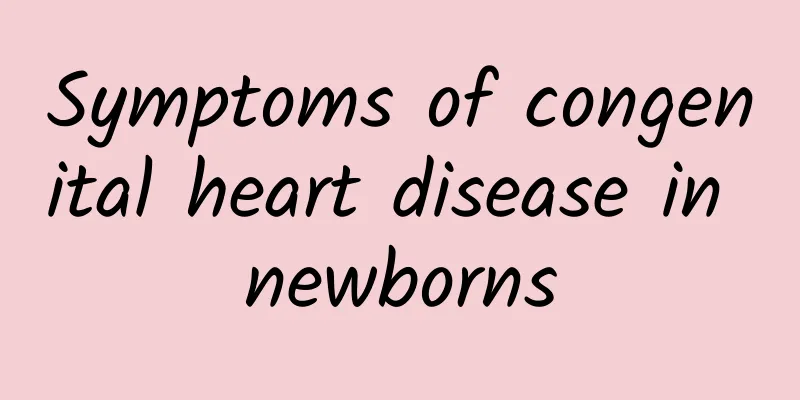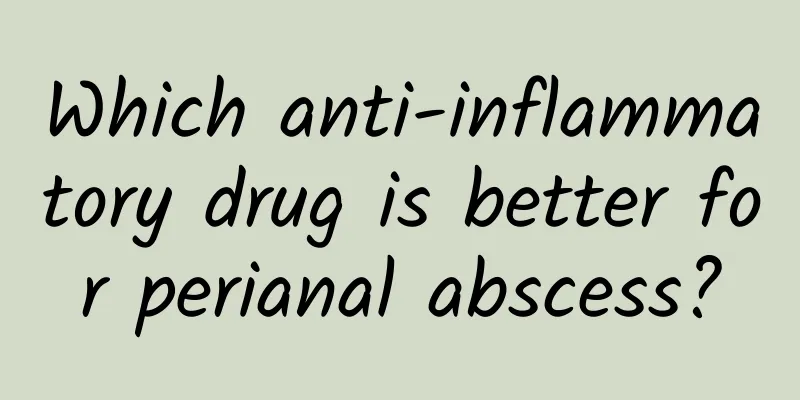Symptoms of congenital heart disease in newborns

|
Symptoms of congenital heart disease in newborns may include bluish lips, shortness of breath, and difficulty feeding. If parents find the above symptoms, they should immediately seek medical attention to check for abnormal heart structure and other problems. Congenital heart disease needs to be diagnosed and treated as early as possible to improve the child's quality of life. 1. Symptoms Congenital heart disease in newborns is mainly manifested by hypoxemia and abnormal heart function. Bluish lips and fingertips are important signs of hypoxia; some children may experience rapid breathing or labored breathing due to insufficient heart pumping, especially when feeding, resulting in less feeding and slow weight gain; in severe cases, symptoms such as pallor, fatigue, and drowsiness may occur. These manifestations all indicate abnormal heart pumping function or blood oxygenation, and parents need to be vigilant. 2. Brief description of the cause Congenital heart disease is mainly caused by abnormal development of the heart or large blood vessels during the embryonic period. Genetic factors such as family history may increase the risk; viral infections such as rubella in early pregnancy, drug effects, or metabolic abnormalities such as diabetes in older mothers may also induce it. Environmental exposure factors such as radiation exposure and environmental pollution are also potential risks. 3 How to diagnose Doctors can initially detect abnormalities through a careful physical examination, such as a heart murmur during auscultation. Further diagnosis requires echocardiography, a non-invasive test used to directly observe the heart structure. Complex cases may require MRI and cardiac catheterization to help clarify the condition. 4 Treatment Mild congenital heart disease, such as a partial atrial septal defect, can close on its own as the child grows without intervention. Moderate and severe cases require specific intervention: Drug treatment: such as using the cardiotonic drug digoxin to improve heart function, the diuretic furosemide to relieve pulmonary edema and fluid retention, and prostaglandins to keep important blood vessels open. Surgery: including congenital heart disease repair, atrial septum or ventricular septum repair, valvuloplasty or replacement, which should be decided according to individual pathological conditions. Interventional treatment: Similar to the closure of atrial/ventricular septal defect, it is moderately traumatic, low-risk, and suitable for some cases. 5 Home Care Tips During postoperative management, ensure that the child has a balanced diet and avoids colds and bacterial infections. Pay attention to the doctor's regular check-up arrangements and evaluate the recovery of heart function, such as regular electrocardiograms. If you suspect that your newborn has congenital heart disease, parents should seek medical attention and receive professional guidance as soon as possible. Reasonable treatment can greatly improve the prognosis and help the baby grow up healthily. |
<<: Causes of hemangiomas in newborns
>>: What department should I go to for examination if I have hemangioma on my skin?
Recommend
Hemorrhoids usually heal on their own within a few days.
How many days does it usually take for hemorrhoid...
What are the symptoms of costochondritis and what causes it?
The main symptom of costochondritis is pain at th...
What fish can I eat if I have breast cysts?
Breast cysts can often be managed with a healthy ...
Can I eat oats if I have breast cysts?
Breast cysts can be treated with moderate amounts...
Can I eat donkey-hide gelatin cake if I have breast cysts?
People with breast cysts can eat donkey-hide gela...
How are hepatic hemangiomas and liver cysts formed?
The formation of hepatic hemangioma and liver cys...
What are the signs and symptoms of cholelithiasis?
Cholelithiasis usually causes severe abdominal pa...
How long can I exercise after a greater tuberosity fracture?
It usually takes 6 to 8 weeks after a greater tub...
Gallstones, no matter what happens
Gallstones can cause serious health problems if n...
What causes myofasciitis?
Treatments for myofasciitis include medication, p...
How is spinal osteomyelitis diagnosed?
After sensitive antibiotic treatment, i.e. drug s...
Early symptoms of vasculitis in children
Early symptoms of vasculitis in children may incl...
Difference Between Gallstones and Cholelithiasis
There is a fundamental medical difference between...
7 foods that breast cancer is most afraid of
Dietary adjustment for breast cancer patients is ...
Are there any sequelae after congenital heart disease surgery in children?
Children may have some sequelae after congenital ...









